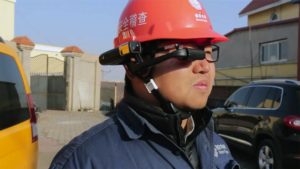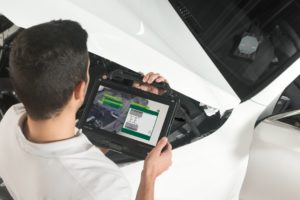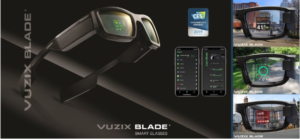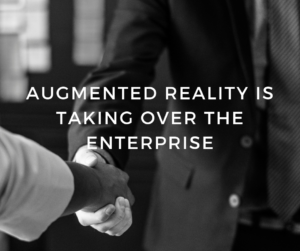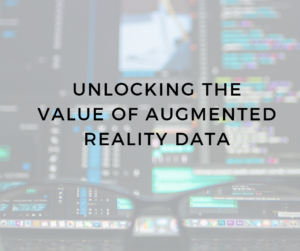Showing love for seven years of Augmented Reality at Atheer

Their story began with the development of their own AR smart glasses (on which they could develop their AR software), as such things did not exist at the time. From the blog:
“Back in February of 2012, when Atheer was founded, the world was still two months away from seeing Google Glass for the first time – and a little less than three years away from the initial unveiling of Microsoft’s plans for its HoloLens headset.
But our founder, Soulaiman Itani, had an exciting idea for a new way to pioneer the next generation of computing – one that would change the way that people interact with – and use – digital information.
Soulaiman Itani’s talk from the 2014 Digital Summit at MIT (featured on their blog) he recalls the pioneering work the company did on gesture recognition – which has continued since and resulted in the many patents the company holds today.
The problem he was trying to tackle then was how to create a way for people to recognize the three-dimensional gestures that underpinned his new model for interaction using simple, affordable mobile devices. What he came up with was an inventive way of taking the information from cameras on two mobile phones to provide the kind of 3-D views that would later come to be provided by smart glasses.
“After a year of work, I had this proof of concept where I basically had two Android phones and I was able to create a button that you can click in the middle of the air, in real time, running on an ARM processor,” explained Soulaiman.
We wish all the team at Atheer a very happy 7th Birthday from all at The AREA!
